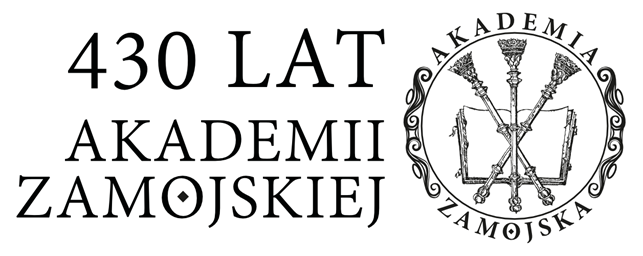Published
:
2007-02-19
Konstrukcja wskaźników wyprzedzających dla regionalnych rynków pracy
Maria Drozdowicz-Bieć
Robert Pater
Marian Wargacki
Most read articles by the same author(s)
- Robert Pater, Klasyfikacja gmin województw lubelskiego i podkarpackiego pod względem klimatu koniunktury , Regional Barometer. Analyses & Prognoses: No. 2 (12) (2008)
- Marian Wargacki, Barometr nastrojów gospodarczych w województwie podkarpackim , Regional Barometer. Analyses & Prognoses: No. 4 (2005)
- Robert Pater, Nastroje gospodarcze w województwie podkarpackim w II kwartale 2008 r. , Regional Barometer. Analyses & Prognoses: No. 3 (13) (2008)
- Marian Wargacki, Nastroje gospodarcze na Ścianie Wschodniej , Regional Barometer. Analyses & Prognoses: No. 3 (2003)
Details
References
Statistics
Authors
Citation rules
Drozdowicz-Bieć, M., Pater, R., & Wargacki, M. (2007). Konstrukcja wskaźników wyprzedzających dla regionalnych rynków pracy. Regional Barometer. Analyses & Prognoses, (1 (7), 33–44. https://doi.org/10.56583/br.1643
Licence

This work is licensed under a Creative Commons Attribution-NonCommercial-NoDerivatives 4.0 International License.


 English
English
 Język Polski
Język Polski




